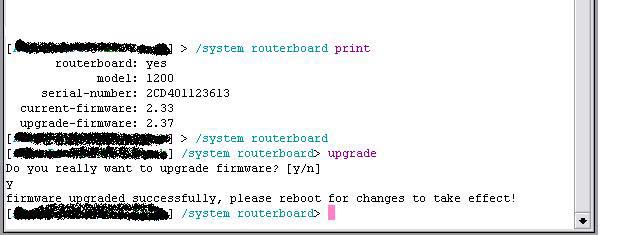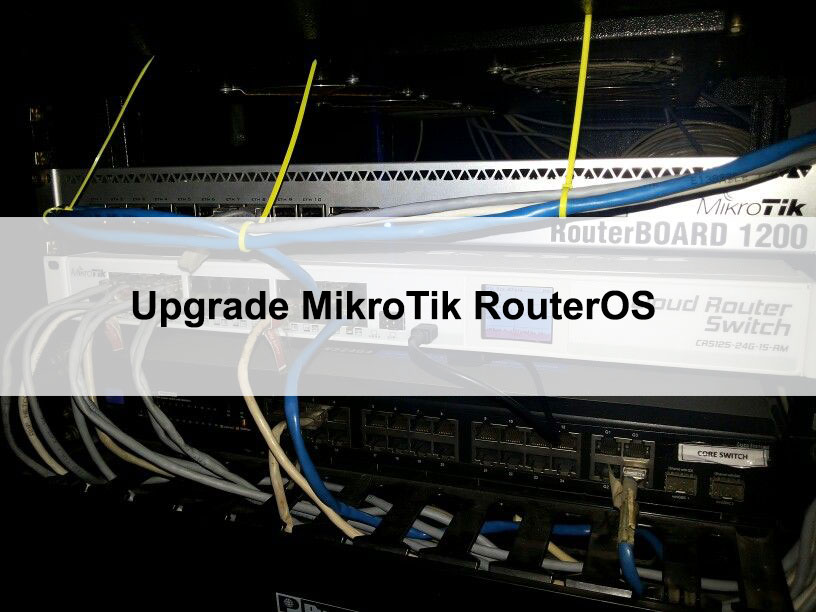


Therefore v5.2 is older than v5.18, which is newer. An identifier of 2.5, for instance, is not "two and a half" or "half way to version three", it is the fifth second-level revision of the second first-level revision. RouterOS versions are numbered sequentially when a period is used to separate sequences, it does not represent a decimal point, and the sequences do not have positional significance. The upgrade procedure on already installed devices is straight forward. Turn on Networking & Wireless (or Wi-Fi Networking).MikroTik devices are preinstalled with RouterOS, so installation is usually not needed, except in the case where installing RouterOS on an x86 PC.Scroll to the bottom of the list, then tap System Services.Go to Settings > Privacy & Security (or Privacy) > Location Services.Select Networking & Wireless (or Wi-Fi Networking), then click Done.

In the Privacy tab, select Location Services, then select Enable Location Services.Click the lock in the corner of the window, then enter your administrator password.Choose Apple menu > System Preferences, then click Security & Privacy.On your Mac with macOS Monterey or earlier

Turn on "Networking and wireless", then click Done.Scroll to the bottom of the list of apps and services, then click the Details button next to System Services.Choose Apple menu > System Settings, then click Privacy & Security in the sidebar.Location Services helps to ensure your device can reliably see and connect to nearby devices, and that it performs well when using Wi-Fi or features that rely on Wi-Fi, such as AirPlay or AirDrop. Make sure your device has Location Services turned on for Wi-Fi networking, because regulations in each country or region define the Wi-Fi channels and wireless signal strength allowed there.


 0 kommentar(er)
0 kommentar(er)
